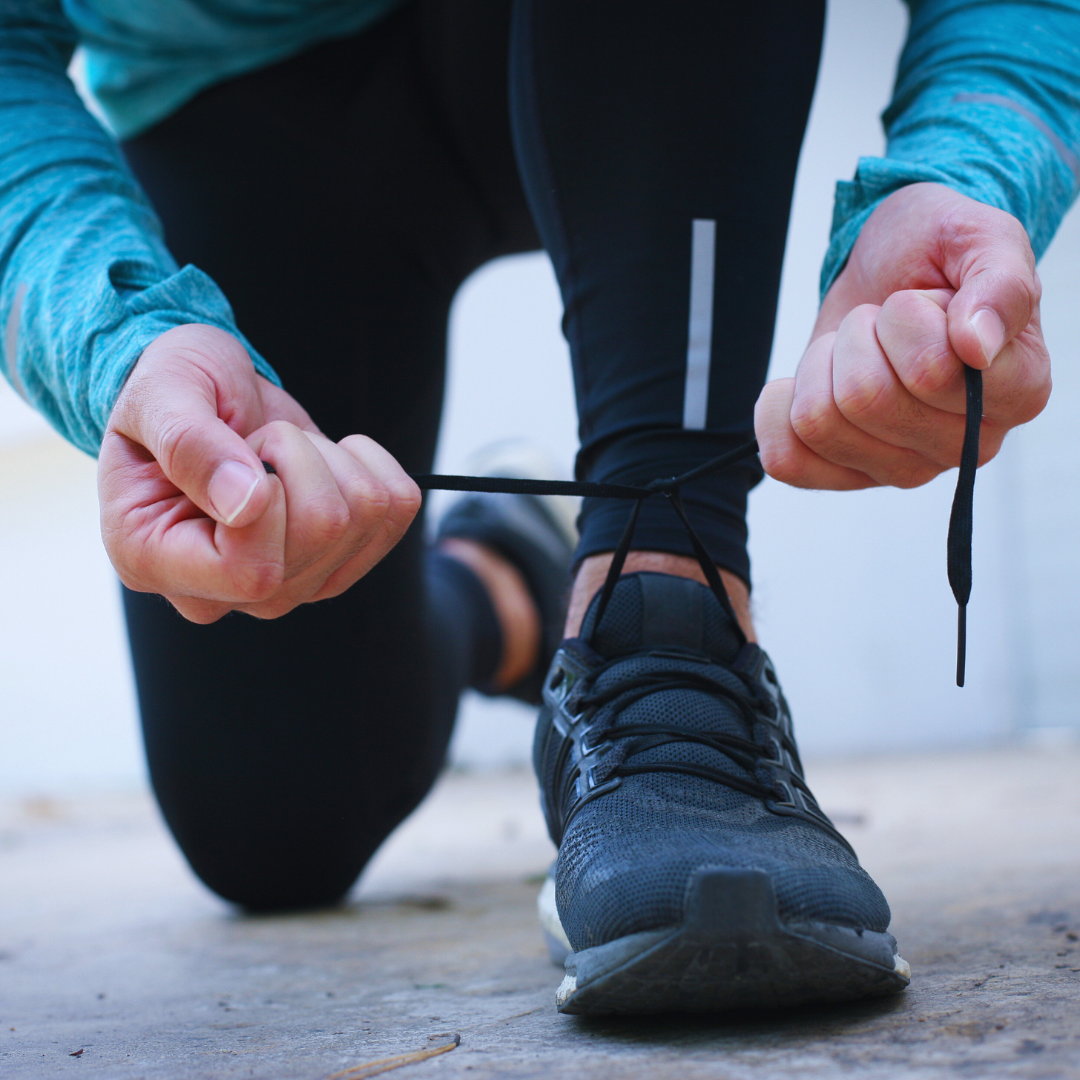
How to Stay Safe When Running: Essential Tips for Every Runner
Running is a popular activity that can be both invigorating and peaceful. Yet, safety remains a crucial concern for runners. To stay safe while running, individuals should prioritize awareness of their surroundings, choose well-lit routes, and wear reflective gear to enhance visibility.
Taking precautions can significantly reduce risks associated with running outdoors. It’s advisable to run with a partner, especially in less populated areas, and to inform someone about the planned route and expected return time. Additionally, being mindful of traffic and potential hazards can make a noticeable difference in a runner’s safety.
Adopting these strategies can ensure a more enjoyable and secure running experience. From choosing the right times and places to wearing appropriate gear, understanding how to protect oneself while enjoying the run is essential for every runner.
Preparation and Planning
Preparation and careful planning are essential for ensuring safety while running. This involves selecting appropriate gear, choosing safe routes, and considering companionship during runs.
Choosing the Right Gear
Wearing the appropriate gear greatly enhances safety during runs. Proper footwear, like running shoes designed for specific terrains, helps prevent injuries.
Reflective clothing is vital for visibility, especially when running during dawn or dusk. This type of clothing reflects light from vehicles, making the runner more noticeable.
Additionally, carrying identification is crucial. A simple ID card or an emergency contact bracelet can provide necessary information in case of an emergency. Some runners also use fitness trackers that have emergency features.
Planning Your Route
Selecting a safe running route contributes to overall safety. Ideally, routes should be well-lit, populated, and in good condition to minimize risks such as accidents or assaults.
Runners should also know their route before heading out. Familiarity with the landscape helps avoid potential hazards like uneven surfaces or traffic-heavy areas.
Using mapping apps can assist in finding optimal routes and avoiding unsafe neighborhoods. Runners should consider the terrain and plan accordingly, ensuring it matches their skill level and fitness.
Running With Partners and Groups
Running with a partner or group adds a layer of safety. Having someone else along reduces risks related to injuries or accidents, and it also provides support in case of emergencies.
Joining a running group can foster a sense of community and companionship. Groups often have coordinated routes and schedules, ensuring safety in numbers.
For safety, runners should communicate their plans with someone not participating. It is helpful to discuss meeting points and estimated return times. When running with friends, they can take turns leading and navigating the route, enhancing safety through shared vigilance.
Safety Techniques and Considerations
When running, staying safe requires attention to the surroundings and employing specific strategies. Key techniques include preparing for low-light conditions, maintaining alertness, and being ready for self-defense situations.
Running in Low-Light Conditions
Running during early mornings or evenings can be risky due to reduced visibility. Wearing reflective gear is crucial. This gear increases visibility to passing vehicles and other pedestrians.
To enhance safety, select well-lit routes whenever possible. Carrying a small flashlight can also assist in spotting obstacles on the path.
Additionally, always runs against traffic. This position allows runners to see oncoming vehicles, making it easier to react quickly if necessary. Staying visible and aware is essential for minimizing risk.
Staying Alert and Vigilant
Maintaining a heightened awareness of the environment is vital while running. Runners should trust their instincts; if a situation feels off, it’s best to change routes or return home.
Using headphones can diminish awareness. If they must be worn, keeping the volume low is recommended.
Runners should also stay alert to their surroundings for potential harassment or hazards. Regularly checking behind can help identify any approaching individuals or vehicles. Being vigilant can significantly reduce the risk of incidents.
Self-Defense Preparedness
Runners should be prepared for possible self-defense scenarios. Learning basic self-defense techniques, such as those taught in Krav Maga, can boost confidence and readiness.
Carrying personal safety devices, like pepper spray, offers an additional layer of protection. Familiarity with these tools ensures they can be used effectively if needed.
It is also critical for runners to assess the routes they choose. Areas with low foot traffic or poor lighting may pose a greater risk. Prioritizing safer environments helps mitigate these dangers while still allowing the enjoyment of outdoor activity.
Technology and Communication
Utilizing technology can significantly enhance safety while running. Effective communication tools and safety apps play a crucial role in ensuring runners remain safe and connected.
Using Safety Apps
Safety apps offer essential features for runners. Many of these apps allow users to share their location in real time with trusted contacts. This function ensures that friends or family know where the runner is at any given time.
Runners can use apps that integrate GPS tracking to monitor their routes and receive alerts if they stray from predefined paths. Some apps have an emergency button that sends alerts and location information to designated contacts. Popular apps in this category include RunSafe, MyBuddy, and RoadID.
These tools not only help in navigation but also enhance personal safety. Runners can set check-in reminders to update their contacts on their whereabouts during longer runs.
Emergency Preparedness
In addition to safety apps, maintaining a list of emergency contacts is vital. Runners should identify individuals who can be reached in case of an incident. It is beneficial to program these contacts directly into a phone for quick access.
Runners should also prepare for emergencies by informing their contacts of their running schedule. This includes sharing planned routes and estimated return times.
Carrying a phone is essential for immediate communication during unexpected situations. Runners should be familiar with the local emergency services and know how to contact them if needed. Keeping a small medical kit with essentials can also prove beneficial, as minor injuries can occur.
Together, these strategies enhance safety and preparedness during running activities.





